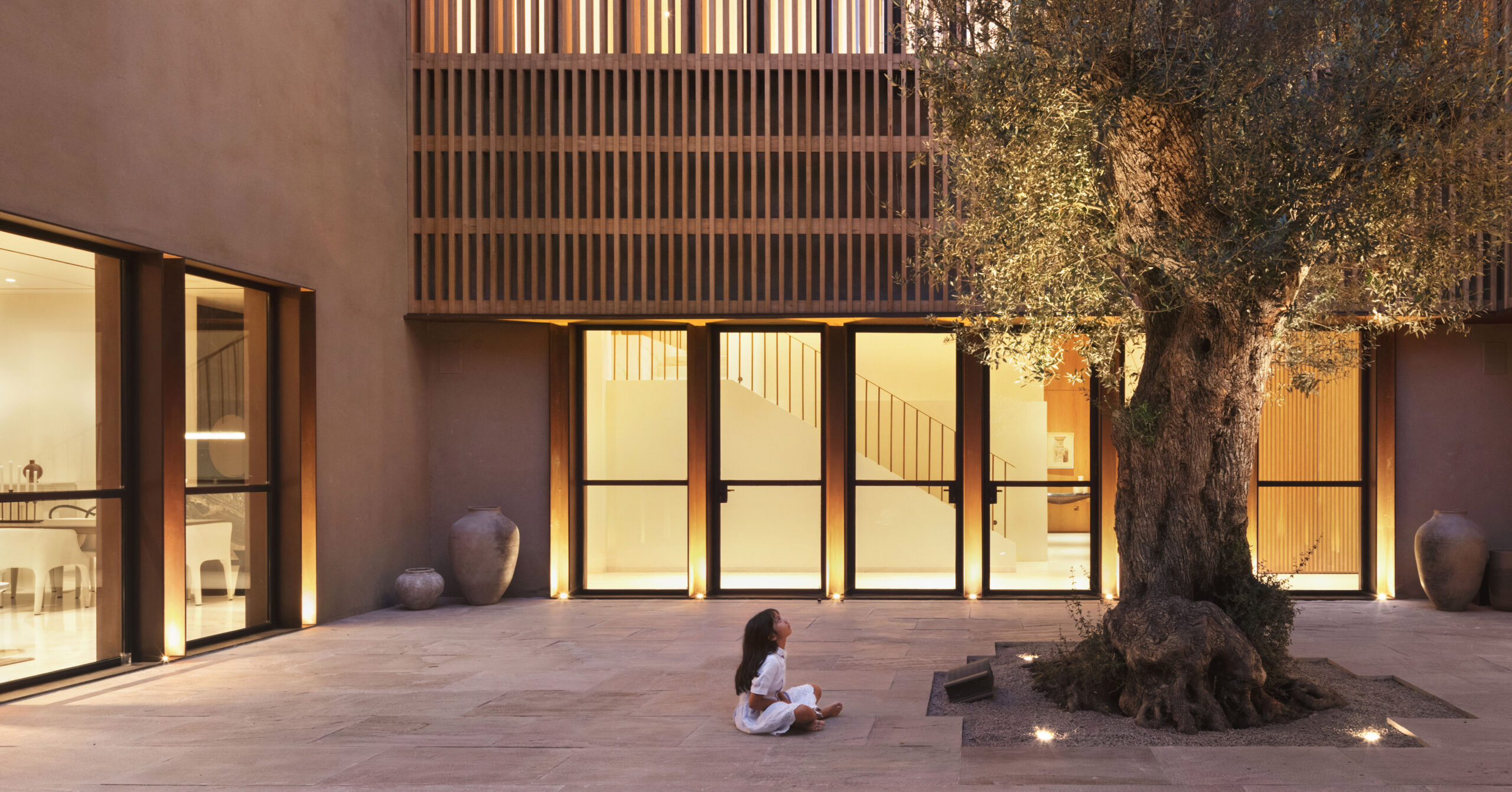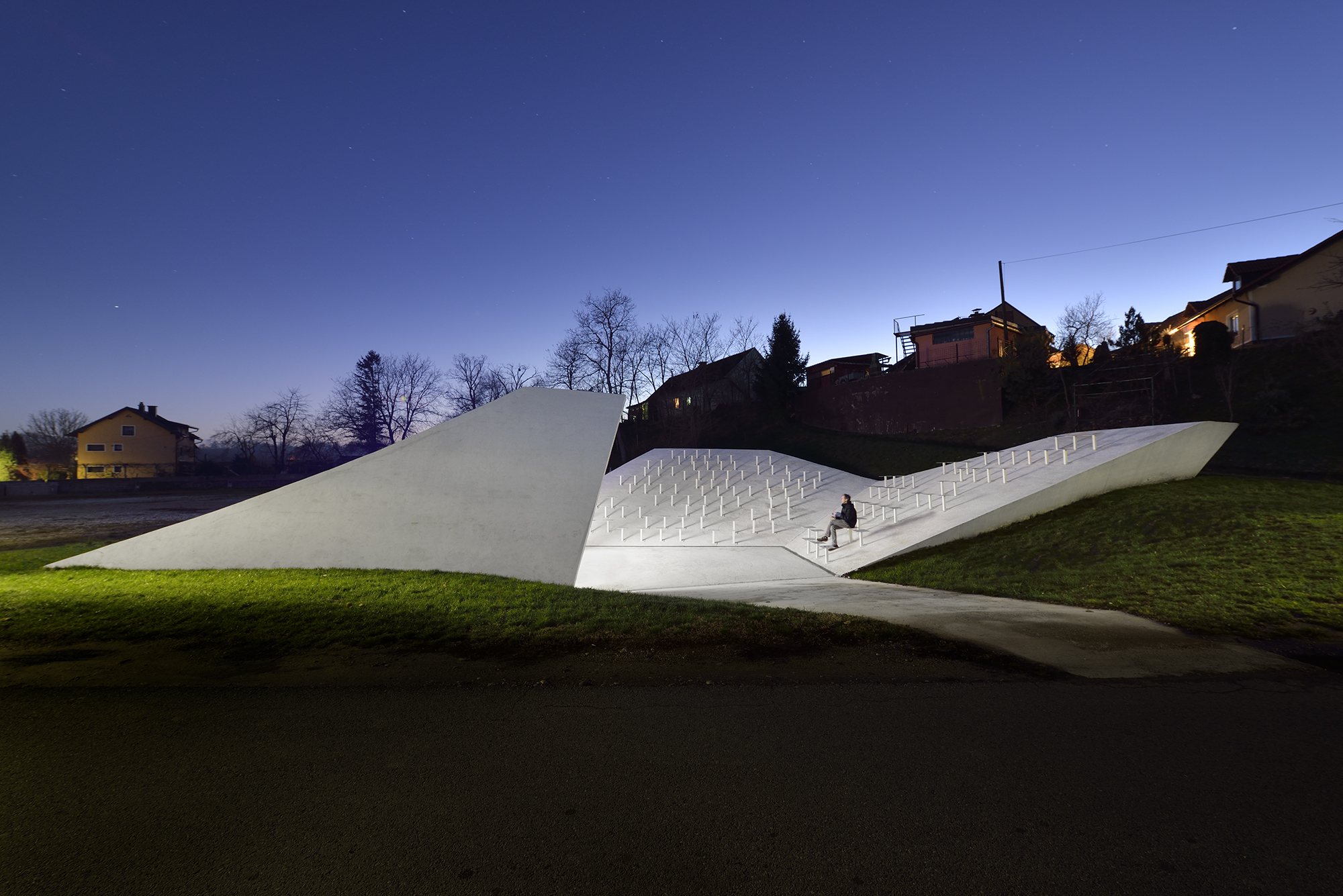The latest edition of “Architizer: The World’s Best Architecture” — a stunning, hardbound book celebrating the most inspiring contemporary architecture from around the globe — is now available for pre-order. Secure your copy today.
Wellness and well-being are an industry that is thriving and evolving at an exponential rate. Whether it’s an individual seeking to get fit or to work on their mental health, a team striving to push the limits of speed and strength or cities committing to nourish their communities. Concerns about sports, recreation, wellness, well-being and general health are at the forefront of science, research, education — and architecture. Over the last decade, our awareness of the importance of good health and nourishment has established wellness and well-being as pillars that support a prosperous, functioning society.
Each day, individuals and athletes alike track their fitness, heart health, hormone cycles, genetics, thoughts, and diet to become healthier, happier, and more fulfilled. Architects and designers are charged with the challenge of creating spaces to facilitate these lifestyle choices. While huge shifts are being made in the industry around inclusivity, body shaming and diet culture, spaces of acceptance, encouragement and safety are emerging all over the globe thanks to design teams embracing research and technology to inform their projects.
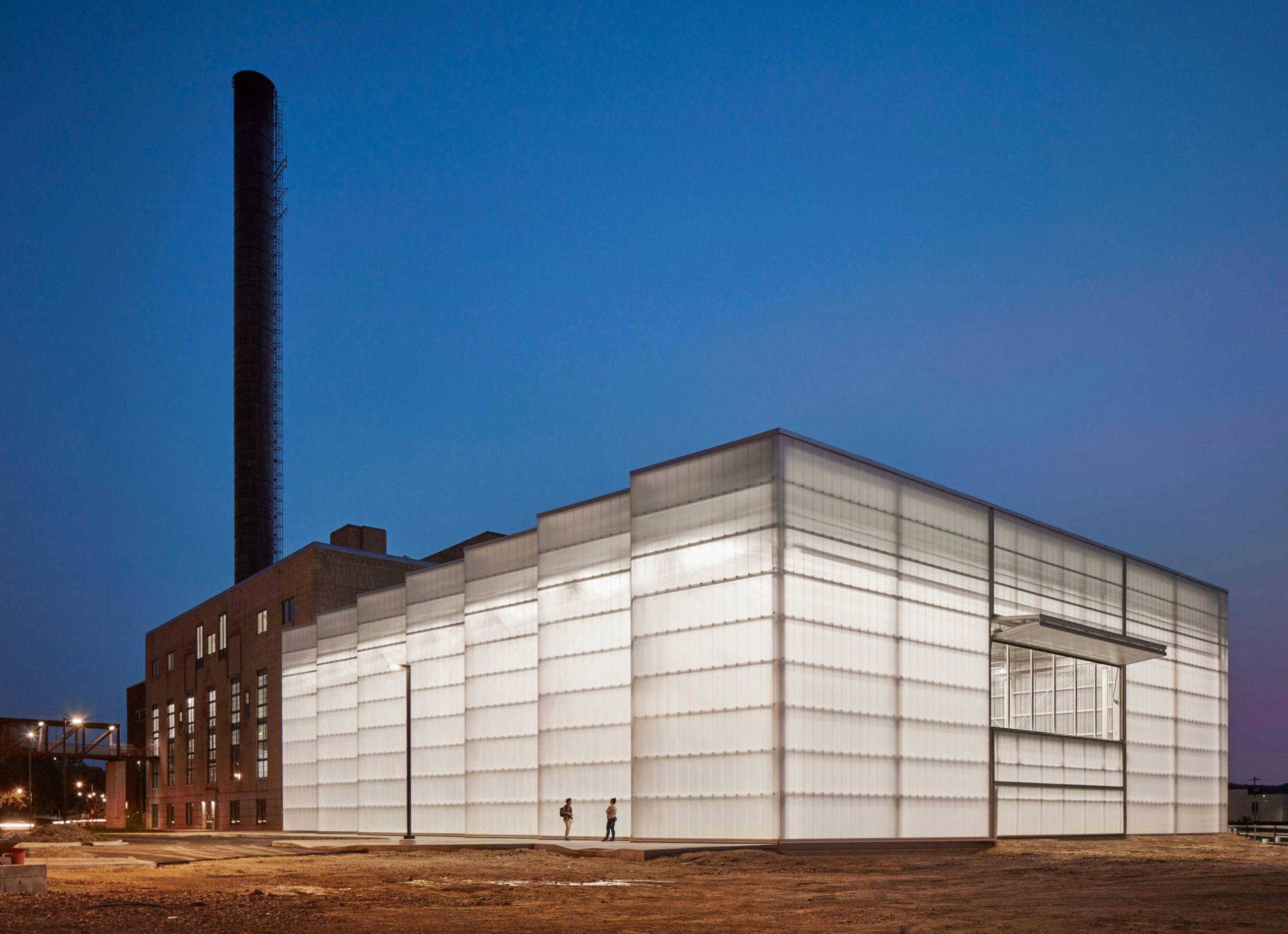
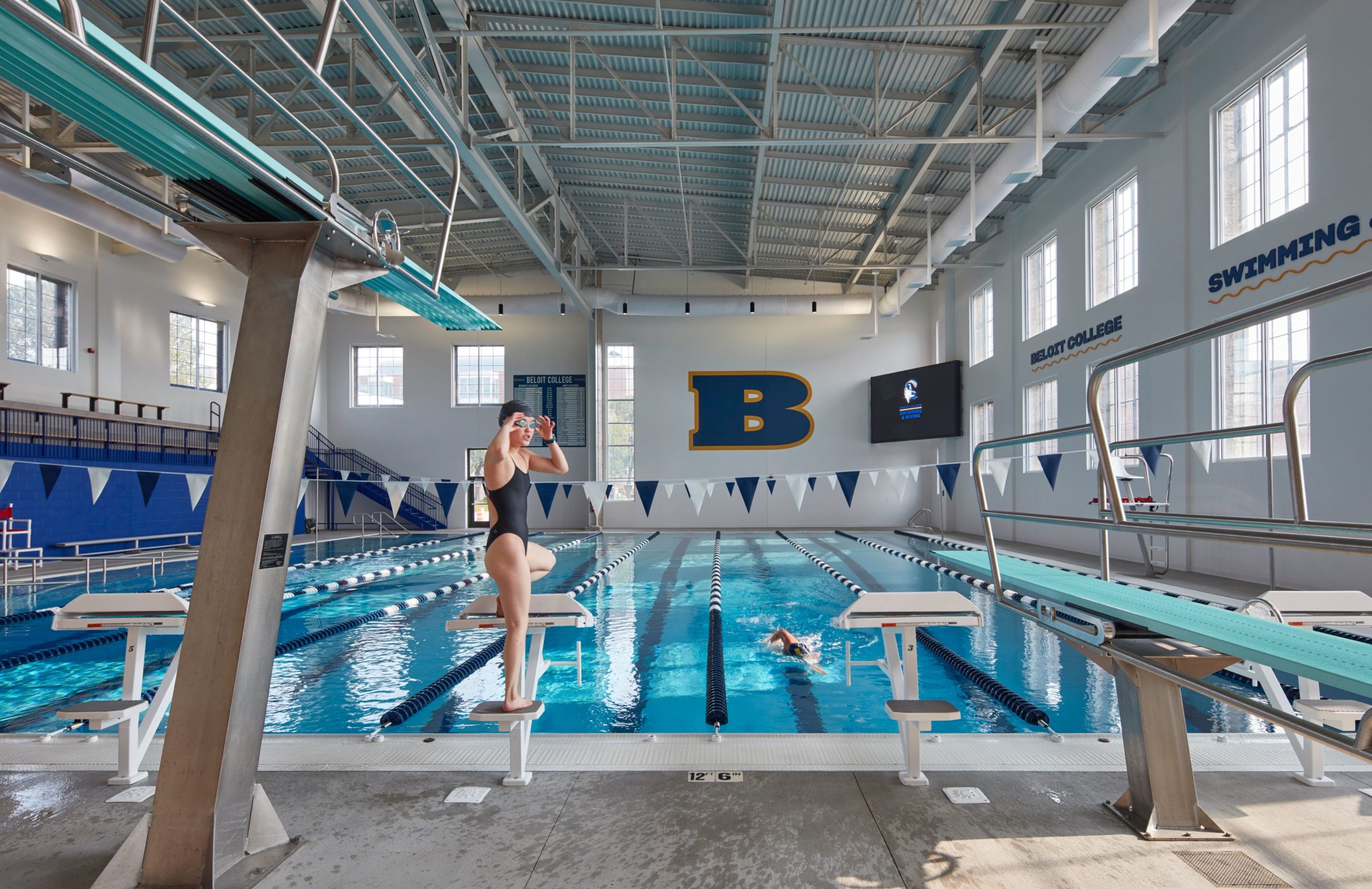
Beloit College Powerhouse by Studio Gang, Beloit, WI, United States Photographs by Tom Harris
Jury Winner & Popular Choice, 2021 A+Awards, Gyms and Recreation Centers
The Beloit College Powerhouse is an adaptive reuse project of a decommissioned coal power plant that swept the Gyms and Recreation Centers category at the 2021 A+Awards, taking home the Jury and Popular Choice prizes. In a bid to rejuvenate the student experience, Beloit College partnered with Studio Gang to reinvent a former coal-burning power plant as a student union that is centered on recreation and wellness.
The expert renovation cleverly blends the existing dominating industrial structure with a brand new, futuristic field house that houses state-of-the-art fitness and wellness solutions. A suspended three-lane running track reimagines the spatial distribution of the building’s interior, while students also have access to a recreational gym, eight-lane competition swimming pool and an indoor turf field house alongside study areas, coffee shop, auditorium and conference center.
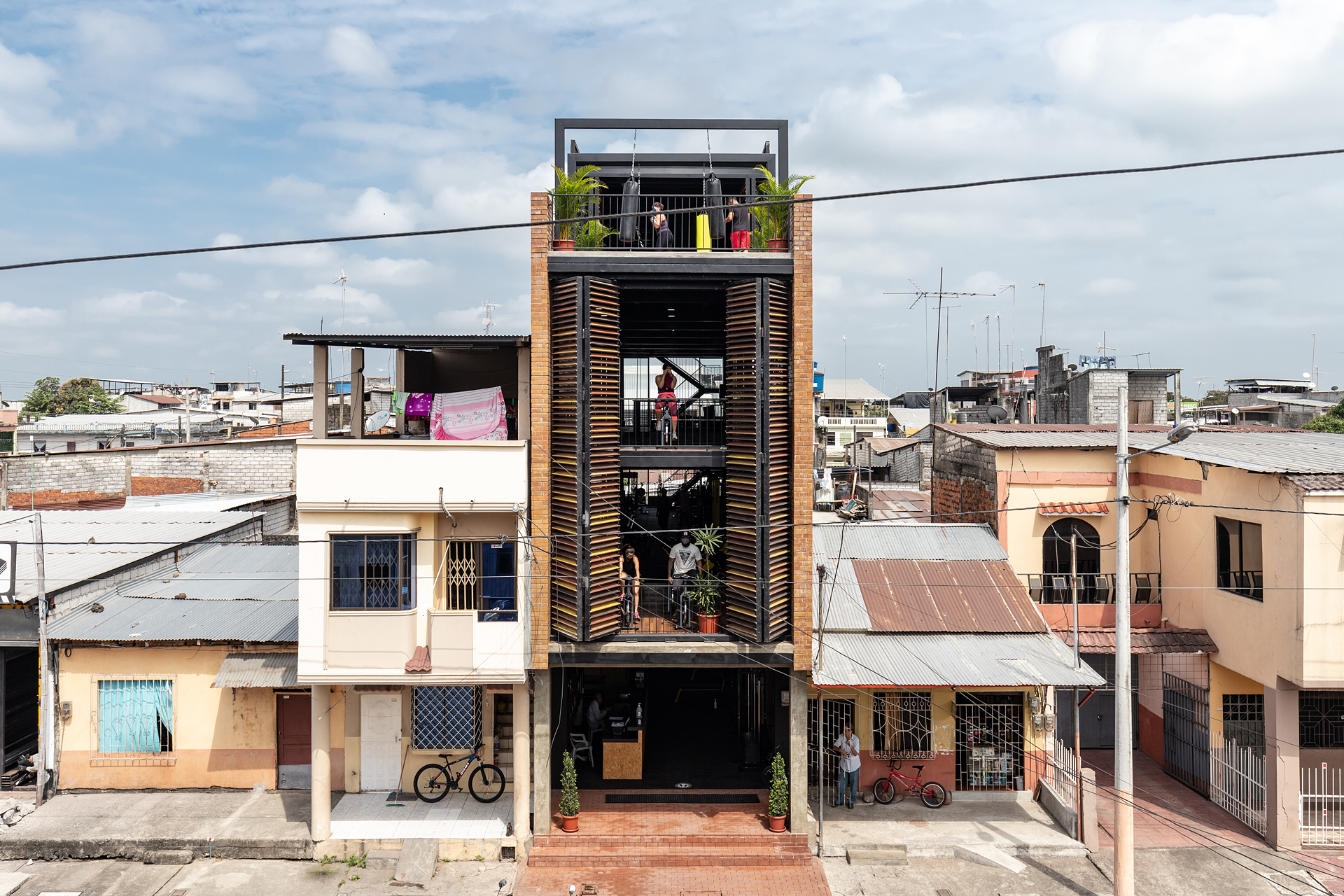
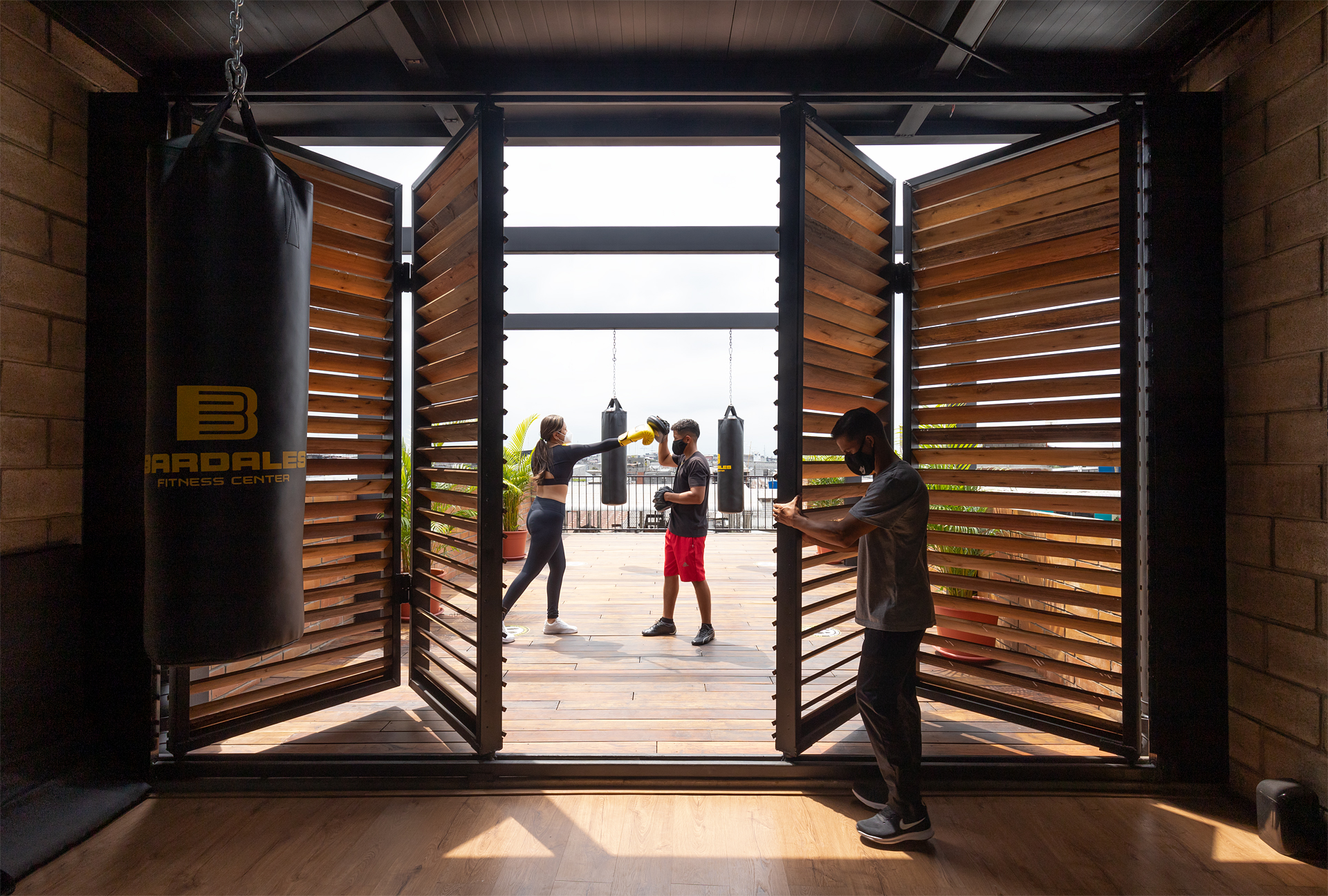
Bardales Urban Training Center by Natura Futura Arquitectura, Babahoyo, Ecuador Photographs by JAG Studio
Taking a different angle, Ecuador’s Bardales Urban Training Center exemplifies intelligent, considerate thinking. The community training center is the brainchild of a local couple who transformed their home as a direct response to the lack of accessible well-being support within their local neighborhood.
Local labor, materials from the region and a system of hybrid structures – between wood, concrete and metal – were included, allowing us to adjust to the needs and possibilities. Designed as a true social enterprise bartering labor for membership, the center revitalizes its urban location and encourages a healthier way of life in an otherwise overlooked neighborhood.
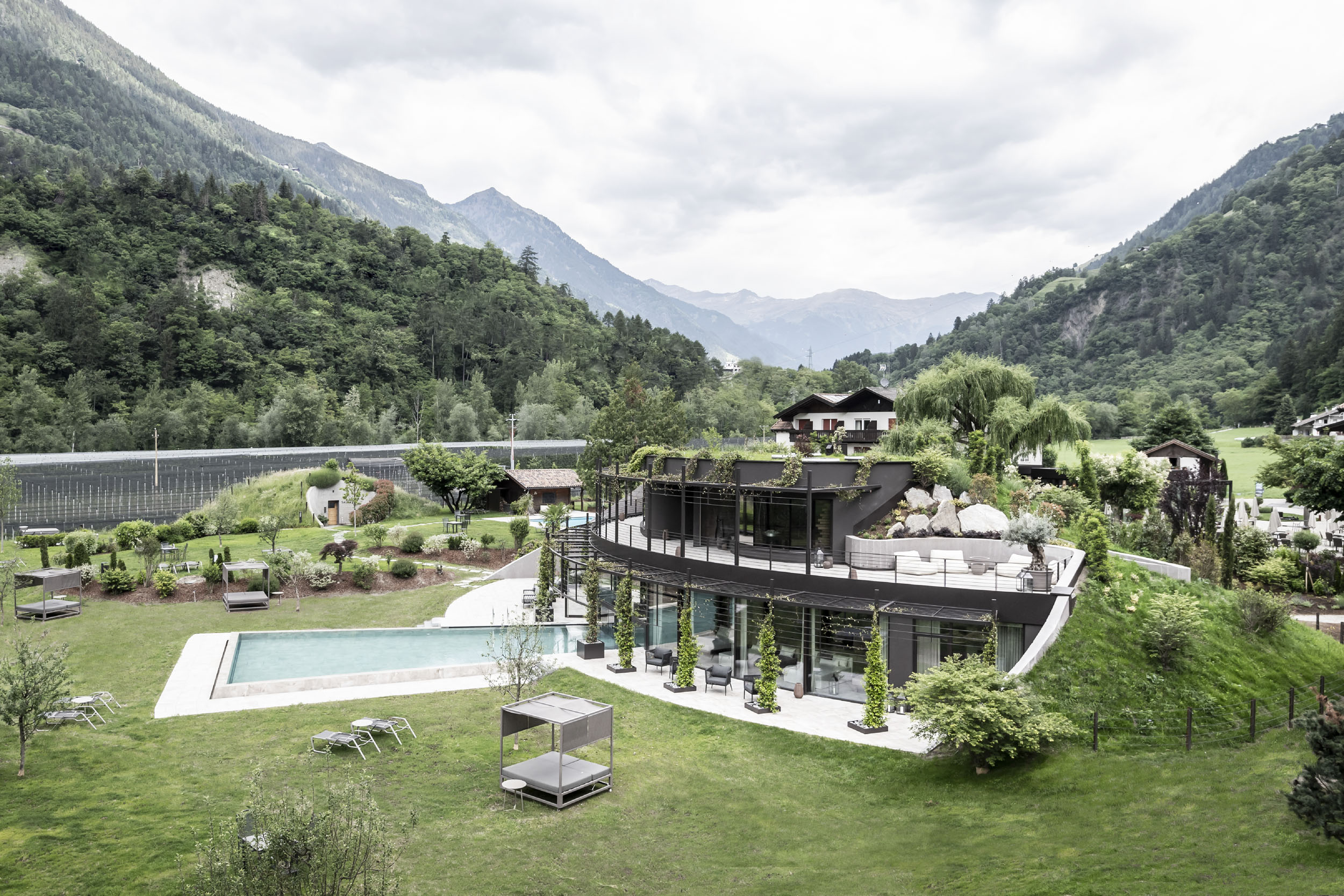
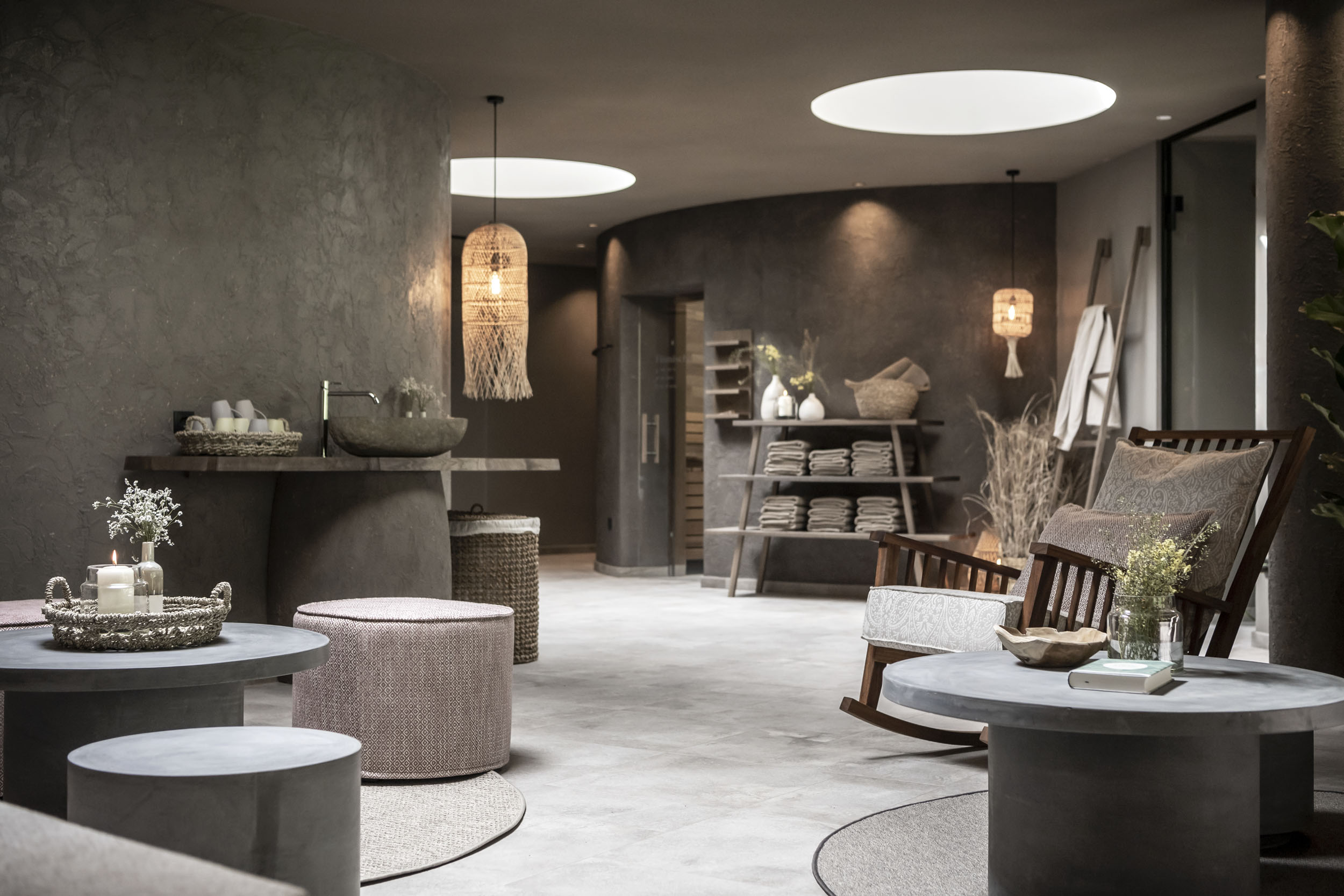
Apfelhotel Torgglerhof: In Full Bloom by noa* network of architecture, Saltusio, Italy Photographs by Alex Filz
Apfelhotel is a family-run hospitality enterprise that prides itself in its connection to nature and promise of rest, rejuvenation and true wellness. The latest addition to the property and evidence of the family’s dedication to the health and well-being of their guests is The Brunnenhaus Spa.
The spa and wellness center is embedded into the green hillside within the Apfelhotel grounds, and its beautiful design has won many prestigious awards. Architects noa* have masterfully added to the original hotel landscape, creating an authentic oasis set in a tranquil refuge of meadows and gardens that reinforces positive physical and mental health while incorporating all the traditional spa and fitness center facilities.
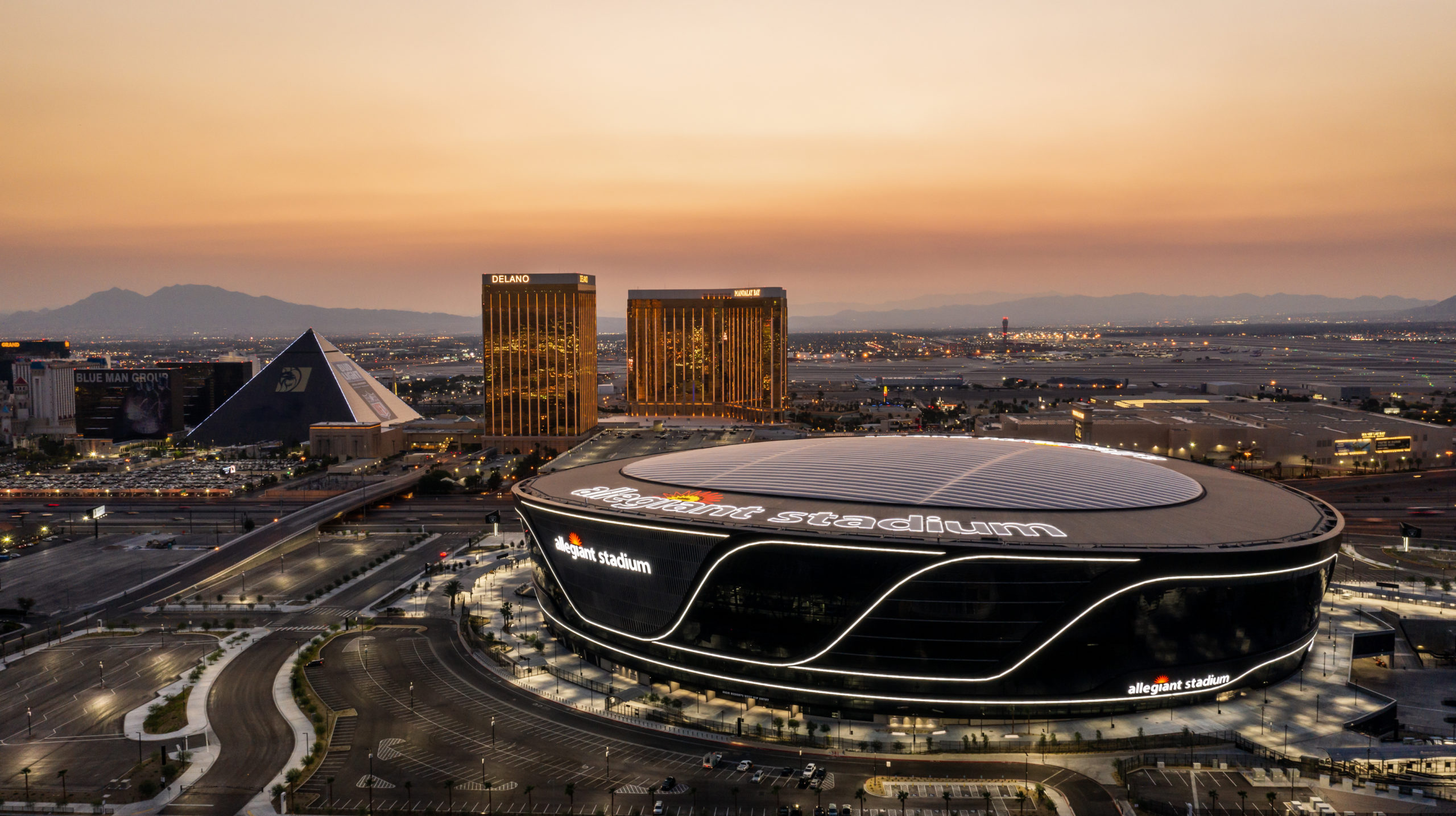
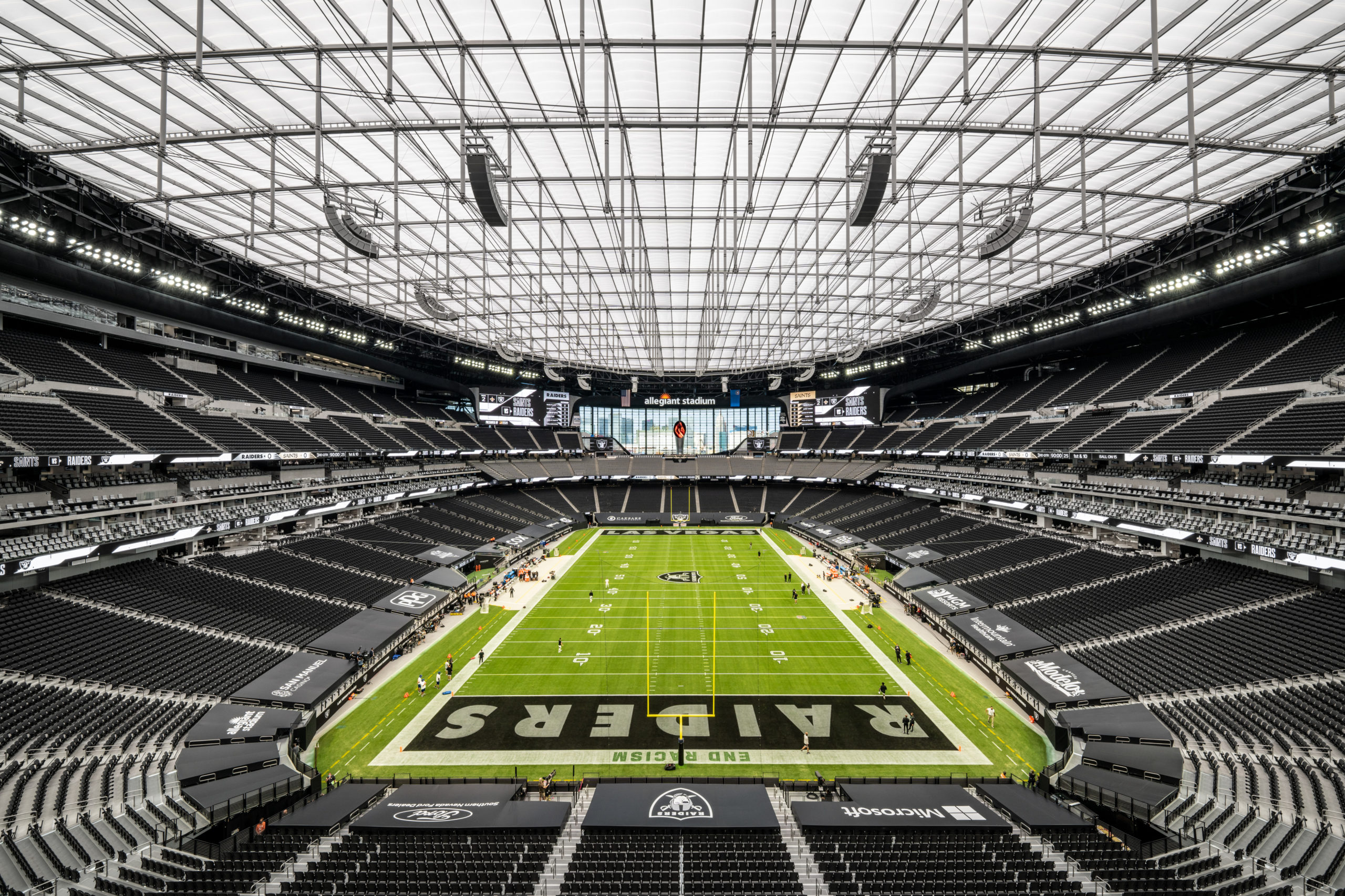
Allegiant Stadium by MANICA Architecture, Las Vegas, NV, United States
Allegiant Stadium is a stadium made for Las Vegas. Just of the famous strip, the state-of-the-art home of the NFL Raiders is nothing short of space-age. Coming in at an astronomical $1.9 billion and inspired by luxury sports car design, the stadium is flashy and eye-catching and could fit nowhere better than Las Vegas. The stadium is an architectural and engineering marvel. The unique features of the domed stadium include a cable net truss system where the seven-acre ETFE roof is suspended by 100 stainless steel cables to create the lightweight roof structure diaphragm. The translucent roof also protects spectators from the blistering summer heat while preserving the atmosphere of an outdoor stadium.
Additionally, the team found a way to facilitate a real grass field in the desert by designing a retractable field system that allows the natural grass field to move outdoors for sunlight and water. This feature provides the stadium with the versatility of using natural grass and artificial turf playing surfaces.
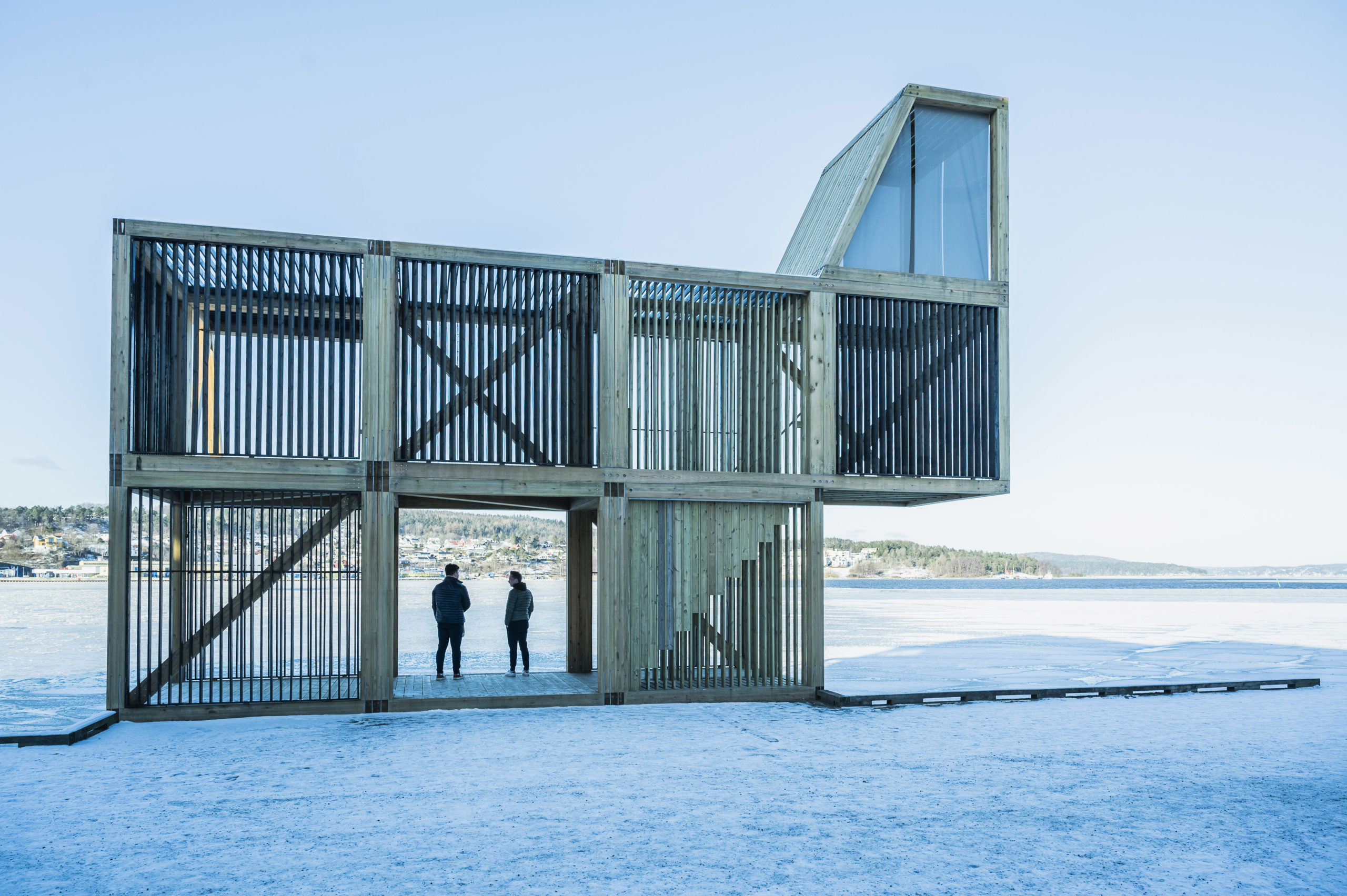
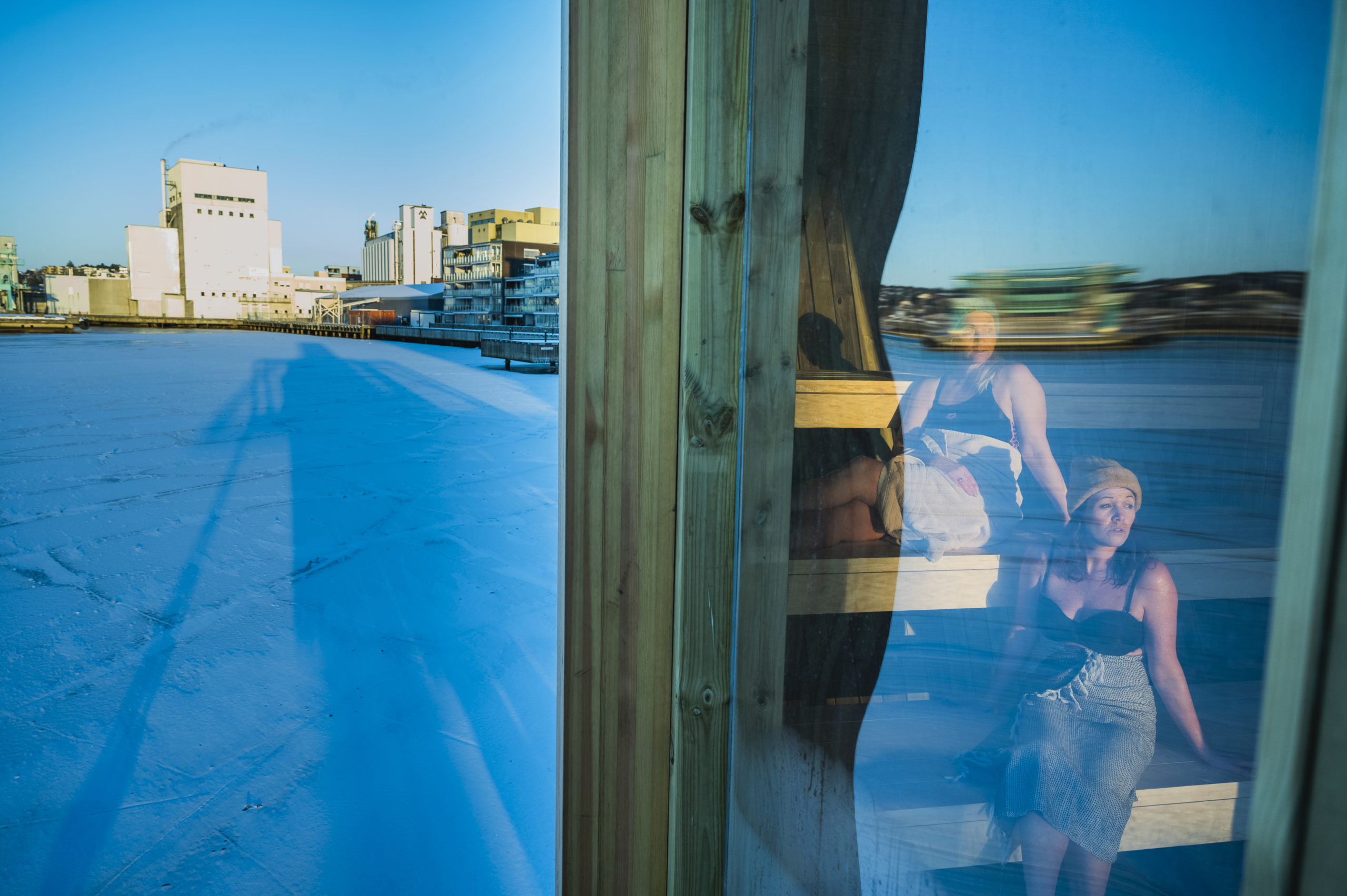
FLYT Bathing Installations by Rintala Eggertsson Architects, Moss, Viken, Norway Photographs by Ryan Coats and Ëdag Jenssen Moss
FLYT is the outcome of an art-in-public-space competition that was launched to revitalize a formerly industrial area of Moss. Designed by Rintala Eggertsson Architects, the winning project was a series of bathing installations located upon floating piers. The bathing towers include diving towers and saunas. The structures reflect the political and industrial landscape of the area while providing a functional yet visually compelling set of spaces that make the popular activity of outdoor bathing in the central region of Moss much more accessible to the general public.
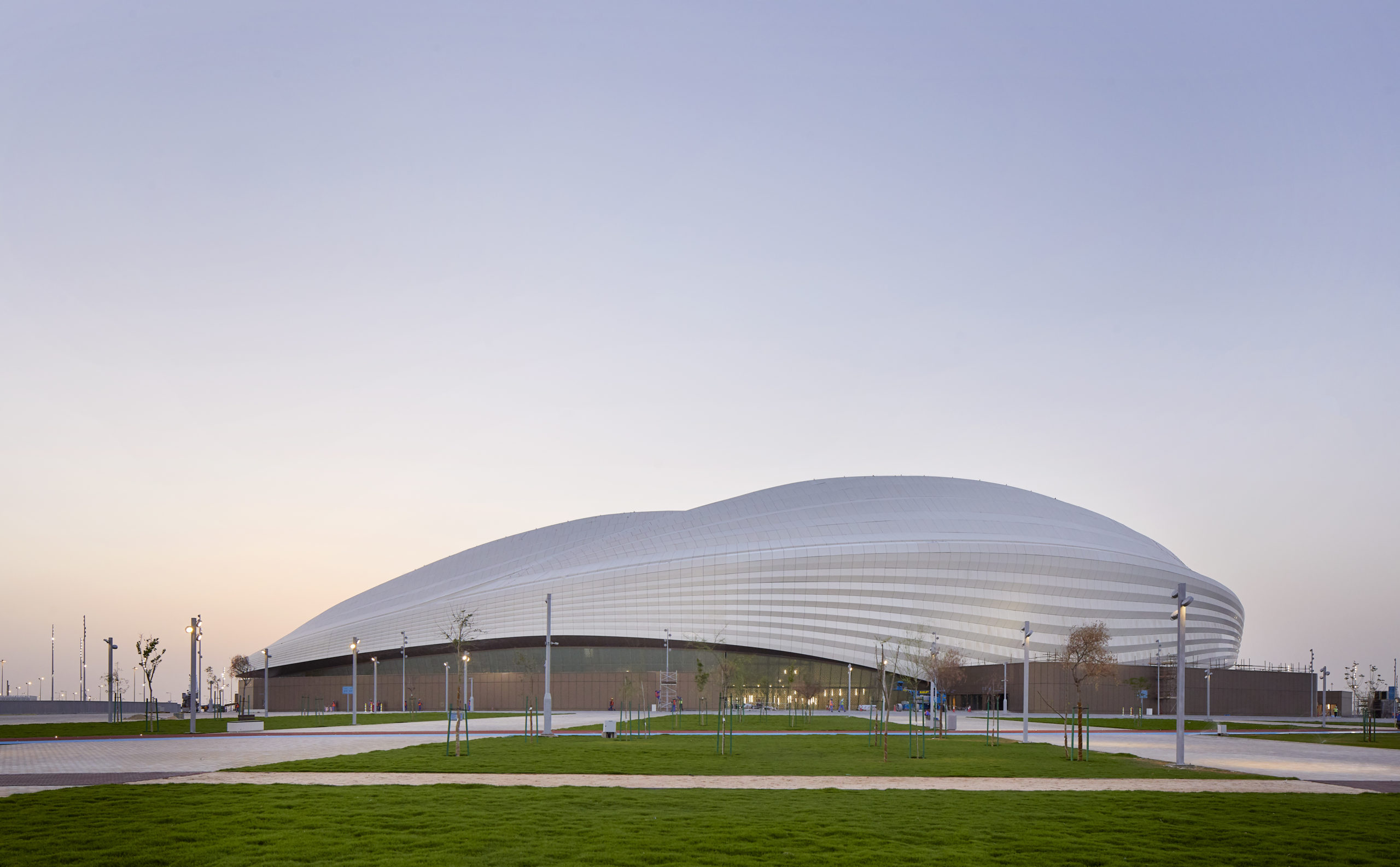
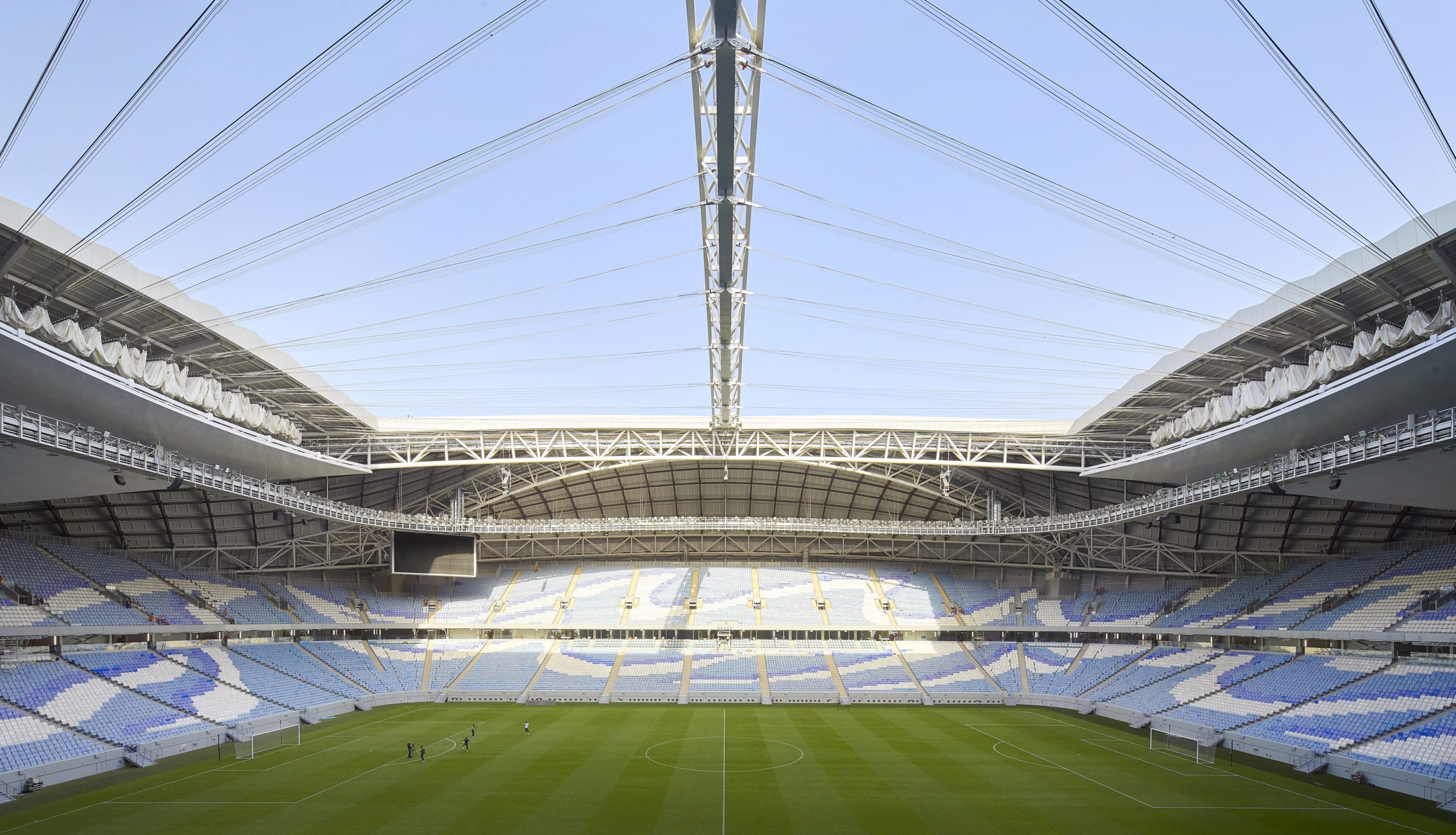
Al Janoub Stadium by Zaha Hadid Architects, Al Wakrah, Qatar Photographs by Hufton+Crow.
The first of the stadiums to be completed for the Qatar 2022 World Cup, Al Janoub Stadium has not been without controversy from its aesthetic to the design team’s political responsibilities. However, regardless of its bureaucratic frictions, the 40,000 seat football stadium is an impressive feat of sports stadium architecture.
Anticipating the intense heat of Qatar, the stadium is fitted with an operable fabric roof and cooling technologies. When deployed, the roof operates like a sail to shade the field of play. Passive design principles, computer modeling and wind tunnel tests were used to maximize the effectiveness of the enclosure for player and spectator comfort.
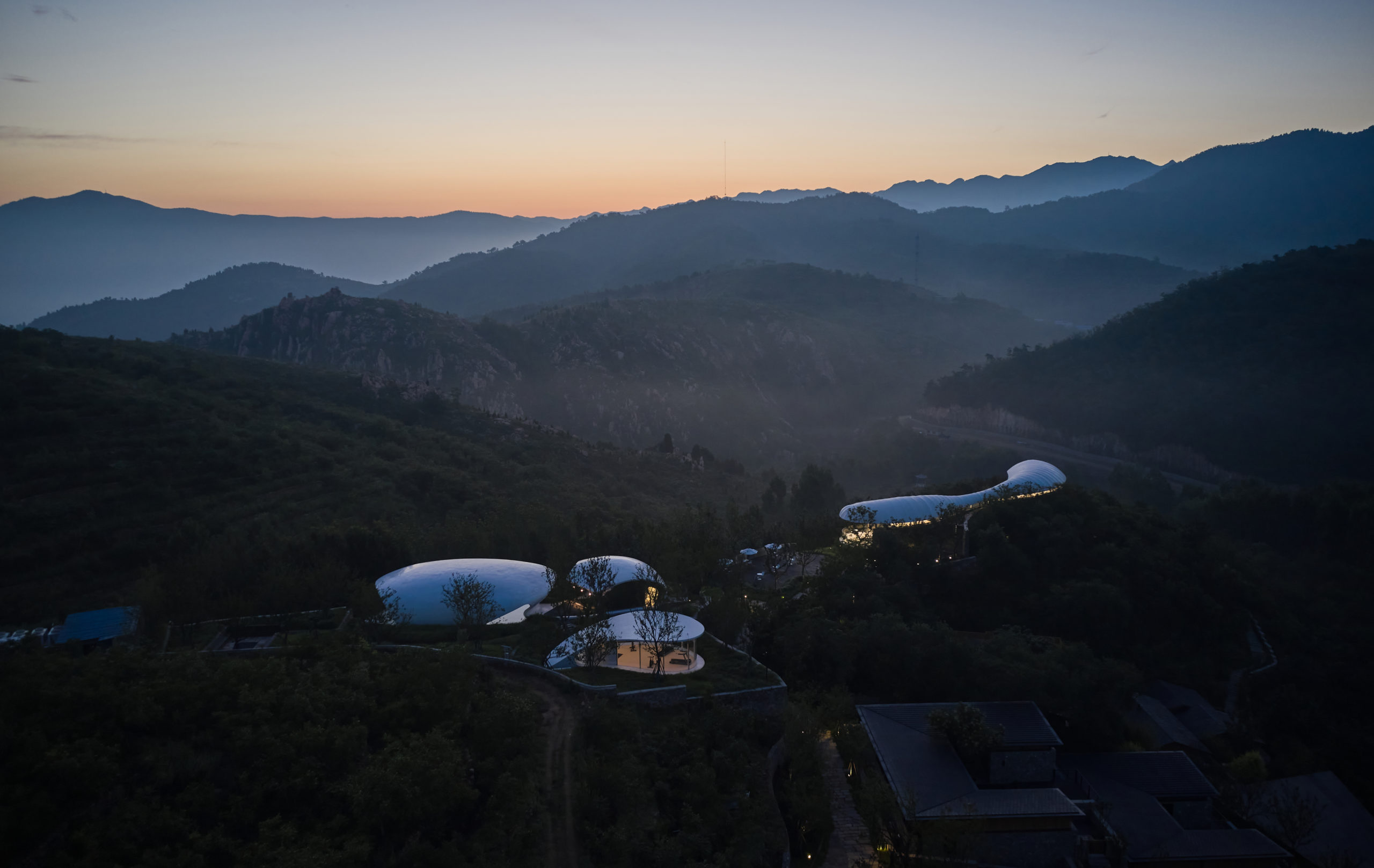
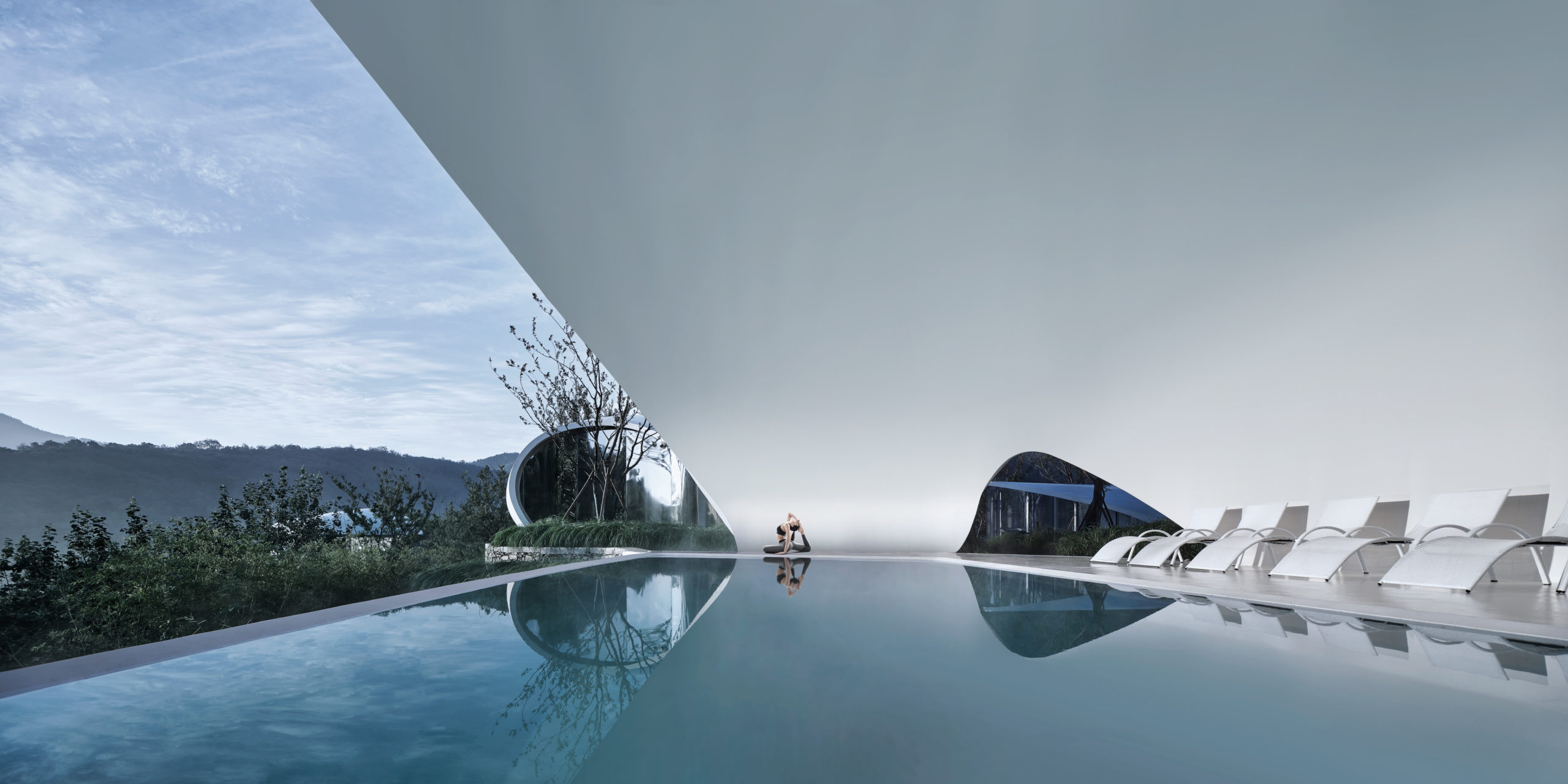
Jiunvfneg Bubble Pool and Supporting Facilities by line+, Mount Tai, Tai’an, China Photographs by ZY Architectural Photography
Popular Choice, 2021 A+Awards, Spa & Wellness
Another A+Award Popular Winner is Jiunvfneg Bubble Pool from line+. Located on a rocky ridge above Dongximen Village in northern China, the shell-inspired formations, constructed from stainless steel and glass, take advantage of the building’s cantilevers and curves to create a unique and inspiring spa and wellness retreat. The opening offers panoramic views of the surrounding mountains and forests, while glazed partitions render the demarcation between inside/outside ambiguous. The organic shapes appear to rise out of the surrounding landscape in an almost sci-fi reminiscence.
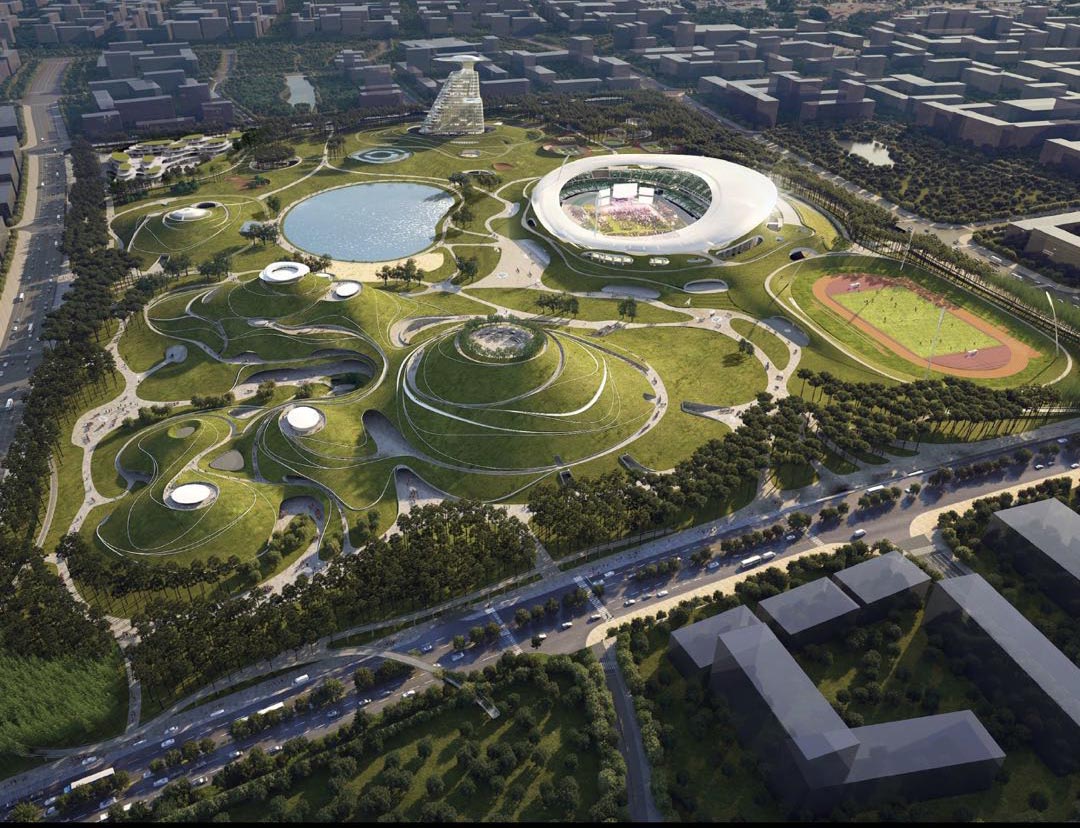
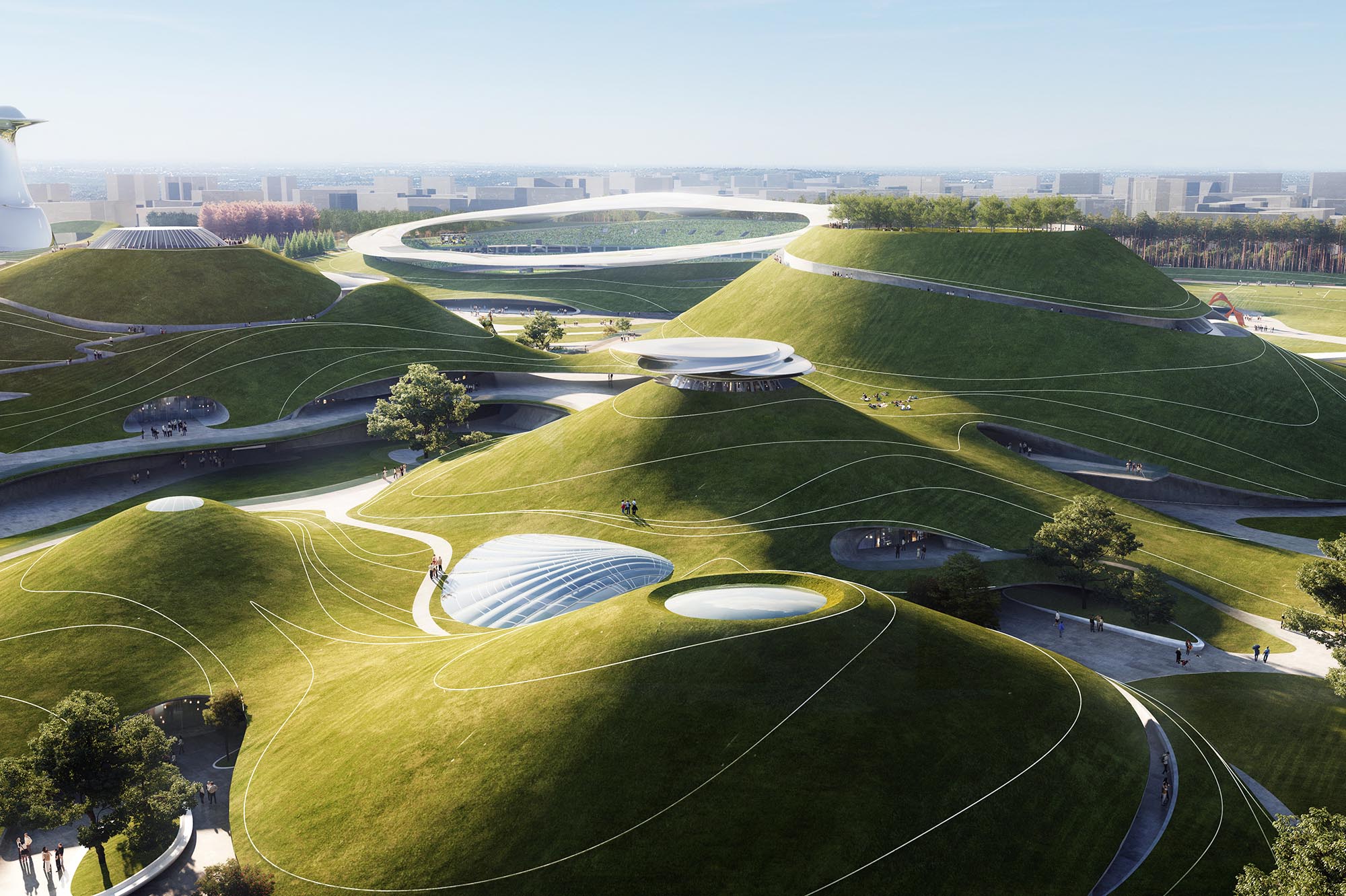
Quzhou Sports Campus by MAD Architects, Quzhou, China Images by MAD Architects
Jury Winner, 2020 A+Awards, Unbuilt Sports & Recreation
Designed by renowned practice MAD Architects, the Quzhou Sports Campus is a huge undertaking; it is a sports campus like no other. The park covers a vast area and includes a 30,000-person capacity stadium, a 10,000-person capacity gymnasium, a natatorium, outdoor auxiliary training grounds, athlete service and experience center, as well as a science and technology museum and children’s area.
Set in a naturally lush area, MAD has developed the campus to respect the plot, embedding the buildings into the ground and covering them with greenery. The site becomes rolling hills and meandering walkways, and the contours and curves of the surface function as pedestrian walkways offering the opportunity to ‘climb’ the architecture for the general public. While dedicated to competitive sports and training, the complex will also become a place for leisure activities for the public.
The latest edition of “Architizer: The World’s Best Architecture” — a stunning, hardbound book celebrating the most inspiring contemporary architecture from around the globe — is now available for pre-order. Secure your copy today.

 Al Janoub Stadium
Al Janoub Stadium  Apfelhotel Torgglerhof: In full bloom
Apfelhotel Torgglerhof: In full bloom  Bardales Urban Training Center
Bardales Urban Training Center  Quzhou Sports Campus
Quzhou Sports Campus 